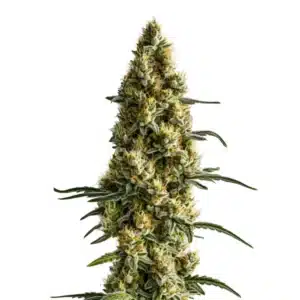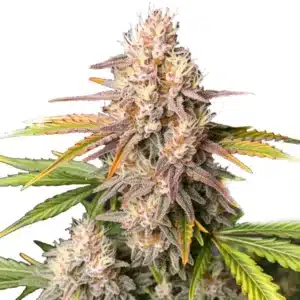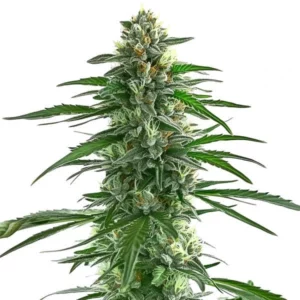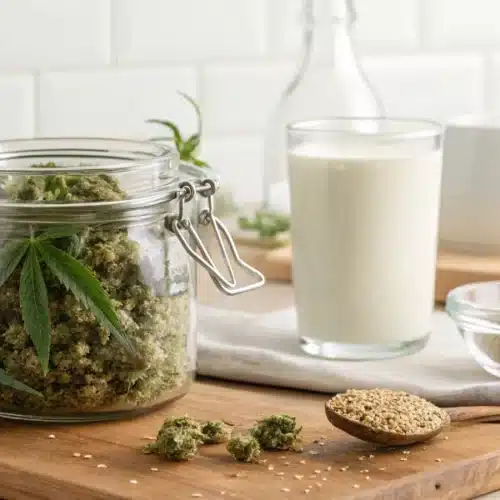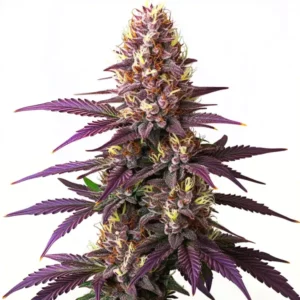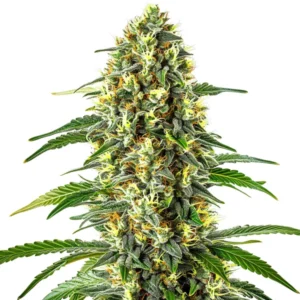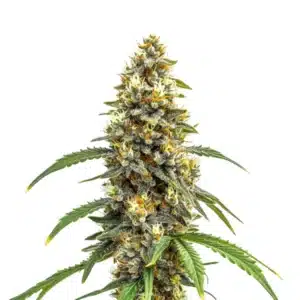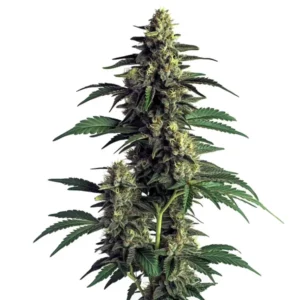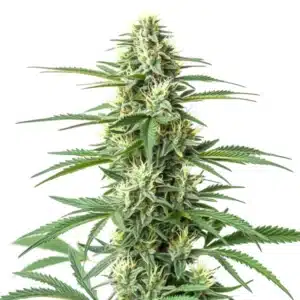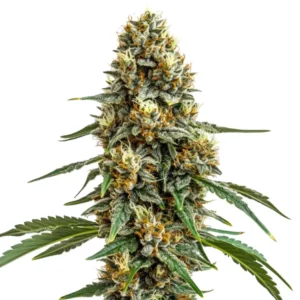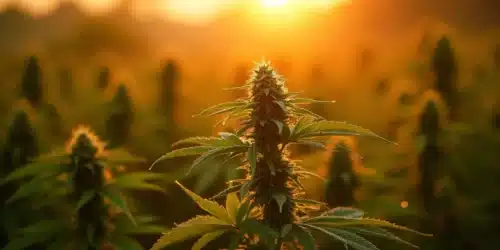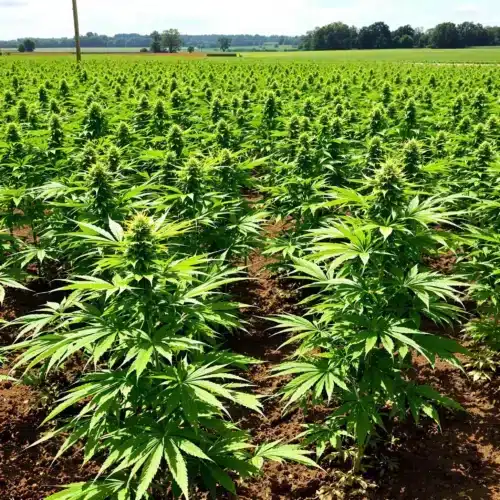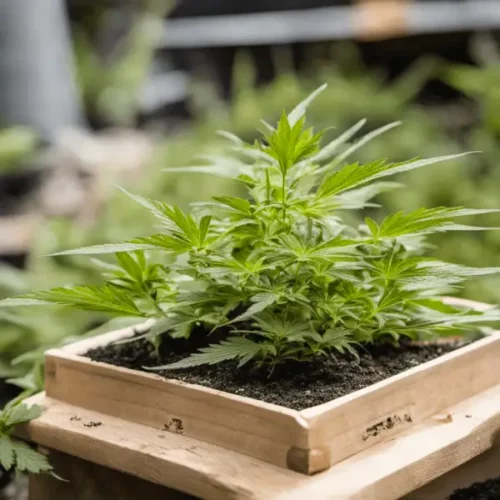Unique Challenges of Growing in the Northeast
Growing cannabis outdoors in the Northeast presents unique challenges due to its unpredictable weather patterns. Summers are relatively short, and the growing season can be interrupted by unexpected rainstorms, humidity, and early frost. These factors make it essential to select strains that can adapt to these conditions and thrive despite the environmental hurdles. Choosing the best outdoor strain for Northeast growers means looking for resilient, fast-flowering varieties that can withstand moisture and temperature swings while still producing high-quality yields.
The region’s combination of high humidity and frequent temperature fluctuations increases the risk of mold and mildew, which can devastate cannabis crops. By choosing hardy, resilient strains, growers can overcome these challenges and achieve a successful harvest.
Promos & Deals
Climate Considerations: Adapting to Seasonal Changes
The Northeast experiences distinct seasonal changes that directly impact cannabis cultivation. The growing season typically begins in late spring and ends by early fall, meaning that strains with shorter flowering periods are preferred. Additionally, temperatures can drop significantly at night, especially toward the end of the season.
Selecting strains that can handle cooler temperatures and withstand sudden weather changes ensures a better chance of success. Growers should also consider strains that flower quickly to avoid damage from early autumn frost, which is common in the Northeast.
Benefits of Selecting Hardy Outdoor Strains
Hardy outdoor strains are specifically bred to resist environmental stressors like mold, pests, and fluctuating temperatures. These strains not only offer peace of mind to growers but also deliver robust yields and high-quality buds. For those cultivating in cooler, unpredictable climates, choosing the best outdoor strain for Northeast conditions is essential. By investing in a resilient variety adapted to this region, cultivators can maximize their harvests while minimizing risks.
Resilient strains also require less maintenance, making them ideal for both novice and experienced growers. Their adaptability ensures consistent growth, even under less-than-ideal conditions, making them a staple choice for Northeast cultivators.
Top Features of the Best Outdoor Strains for Northeast
Resistance to Mold and Mildew
High humidity levels in the Northeast can create an ideal environment for mold and mildew to develop on cannabis plants. Strains with strong resistance to these issues are crucial for outdoor cultivation. These strains are specifically bred to withstand humid climates, reducing the likelihood of crop loss.
Mold-resistant strains also allow growers to worry less about sudden rainstorms and high moisture levels, ensuring healthy buds throughout the flowering stage. This characteristic is a must for anyone growing cannabis outdoors in the region.
Ability to Thrive in Cooler Temperatures
The Northeast’s cooler evenings, especially in late summer and early fall, can be challenging for many cannabis strains. Strains that thrive in cooler temperatures are better suited for this environment. These plants adapt well to temperature fluctuations and continue to produce dense, resinous buds despite the chill. If you’re searching for the best outdoor strain for Northeast conditions, focus on resilient genetics known for mold resistance, quick flowering times, and tolerance to cold.
Choosing strains with proven cold tolerance ensures that plants remain healthy as the growing season progresses. This is particularly important as the harvest season approaches and nighttime temperatures begin to drop.
Fast Flowering for Shorter Growing Seasons
With a limited growing season, fast-flowering strains are essential for outdoor cultivation in the Northeast. These strains complete their flowering stage quickly, allowing growers to harvest before the onset of frost.
Fast-flowering strains also provide the advantage of multiple harvests in regions with extended warm periods. This characteristic ensures that growers can maximize their yield within the constraints of the Northeast’s growing season.
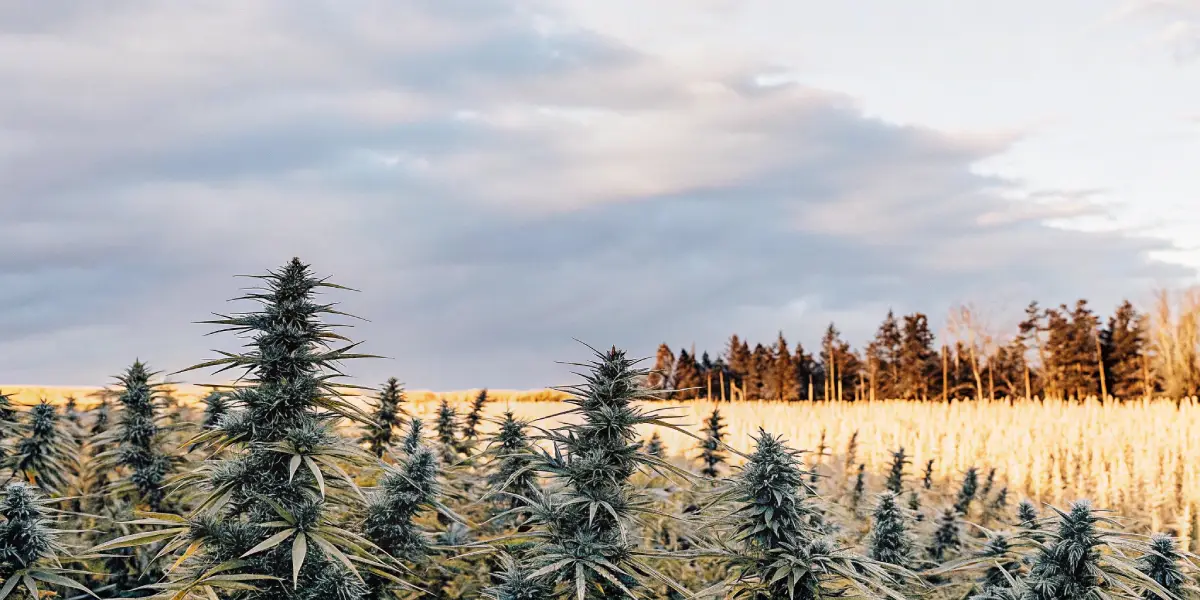
Best Outdoor Strains for the Northeast
Northern Lights: Reliable and Resilient
Northern Lights is a classic strain known for its resilience and ease of growth. It’s highly resistant to pests and mold, making it a top choice for the humid conditions of the Northeast. With a short flowering time of around 7-9 weeks, it’s ideal for the region’s limited growing season.
The strain’s compact structure and dense buds make it perfect for outdoor cultivation. Northern Lights delivers a relaxing effect, making it a favorite among both recreational and medicinal users.
Blueberry: Sweet Aroma and Hardy Growth
Blueberry is celebrated for its sweet, fruity aroma and vibrant colors. This strain thrives in cooler climates, making it well-suited for the Northeast. Its natural mold resistance and sturdy structure allow it to handle the region’s unpredictable weather.
With a flowering time of 8-10 weeks, Blueberry offers a bountiful harvest of flavorful buds. Its calming effects and unique terpene profile make it a standout choice for outdoor growers.
Durban Poison: Sativa Powerhouse for Colder Climates
Durban Poison is a pure sativa strain known for its energizing effects and ability to thrive in less-than-ideal conditions. It’s highly resistant to mold and pests, making it a reliable option for the humid Northeast climate.
This strain’s quick flowering period and robust growth ensure a rewarding harvest. Durban Poison’s uplifting effects and spicy aroma add to its appeal, making it a favorite among outdoor cultivators.
Gorilla Glue #4: Heavy Yields and Tough Genetics
Gorilla Glue #4 is renowned for its massive yields and sticky, resin-coated buds. Its hardy genetics make it resistant to mold and pests, which is essential for outdoor growing in the Northeast. This strain adapts well to cooler temperatures and delivers impressive results.
With a flowering time of 8-9 weeks, Gorilla Glue #4 ensures a timely harvest. Its potent effects and rich flavor profile make it a top choice for growers seeking quality and quantity.
Critical Mass: High Yields in Limited Growing Time
Critical Mass lives up to its name by producing enormous buds and high yields. This strain is perfect for outdoor cultivation in the Northeast due to its fast flowering time and resistance to mold. Its sturdy branches can support heavy colas, making it a reliable option for growers.
The strain’s balanced effects and citrusy aroma add to its popularity. Critical Mass is an excellent choice for those looking to maximize their harvests in a shorter growing season.
Growing Tips for Outdoor Cultivation in the Northeast
Preparing Your Soil for Northeast Conditions
Healthy soil is the foundation of a successful cannabis garden. In the Northeast, using well-draining soil with organic amendments helps plants thrive. Adding compost, perlite, and coco coir improves soil texture and nutrient availability. Choosing the best outdoor strain for Northeast conditions is also essential, as the right genetics paired with healthy soil can significantly enhance resilience and yield in this unique climate.
Testing and adjusting the soil’s pH to maintain a range of 6.0-7.0 ensures optimal nutrient uptake. Preparing the soil before planting provides a strong start for outdoor strains.
Managing Temperature Swings and Frost Risks
Temperature swings are common in the Northeast, especially toward the end of the growing season. Using mulch to insulate the soil and protect roots from sudden temperature drops can help maintain plant health. Additionally, covering plants with tarps or using greenhouses can shield them from frost.
Monitoring weather forecasts and taking proactive measures to protect plants ensures a successful harvest, even in challenging conditions.
Using Protective Measures for Heavy Rain and Wind
Heavy rain and strong winds can damage plants and reduce yields. Using stakes or trellises to support plants prevents branches from breaking under the weight of water. Installing rain covers or using hoop houses can protect plants from excessive moisture. For growers in regions with unpredictable weather, choosing the best outdoor strain for Northeast climates is essential—look for resilient genetics that can withstand humidity, rain, and temperature fluctuations.
These protective measures also reduce the risk of mold and mildew, ensuring healthy buds throughout the flowering stage.
Common Challenges for Outdoor Growers in the Northeast
Battling Mold and Pests
Mold and pests are constant threats in the Northeast’s humid climate. Regularly inspecting plants for signs of infestation and using natural pest control methods like neem oil or beneficial insects can help prevent damage.
Ensuring proper air circulation by spacing plants adequately reduces the risk of mold. Proactive management minimizes potential problems and promotes healthy growth.
Dealing with Shorter Summers
The Northeast’s shorter summers limit the time available for outdoor cultivation. Choosing fast-flowering strains and starting plants indoors before transplanting them outdoors can maximize the growing season.
Planning ahead and selecting strains suited for shorter growing periods ensures a productive harvest despite the limited time frame.
Maximizing Light Exposure in Shaded Areas
Shaded areas can reduce light exposure, impacting plant growth. Placing plants in the sunniest spots and rotating them regularly ensures even light distribution. Using reflective surfaces to direct sunlight onto plants can also boost growth in shaded areas. Optimizing light exposure helps plants reach their full potential, even in less-than-ideal locations.
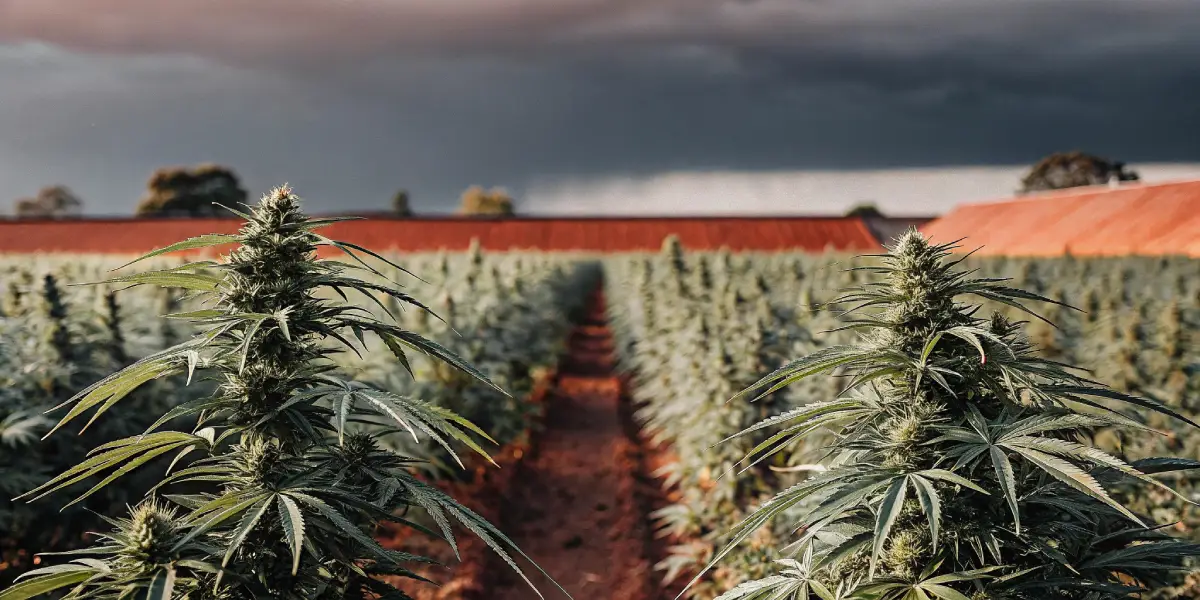
FAQs About the Best Outdoor Strain for Northeast
What are the best outdoor strains for short growing seasons?
Strains like Northern Lights, Blueberry, and Critical Mass are excellent for short growing seasons. These strains have fast flowering times and are resistant to common challenges in the Northeast, ensuring a successful harvest.
Can sativa strains grow well in the Northeast?
Yes, sativa strains like Durban Poison can thrive in the Northeast. Their natural resilience and quick flowering times make them suitable for the region’s climate.
How do I protect my outdoor plants from early frost?
Protecting plants from frost involves using mulch, tarps, or greenhouses to insulate them. Monitoring weather forecasts and taking proactive measures, such as covering plants during cold nights, helps prevent frost damage.

